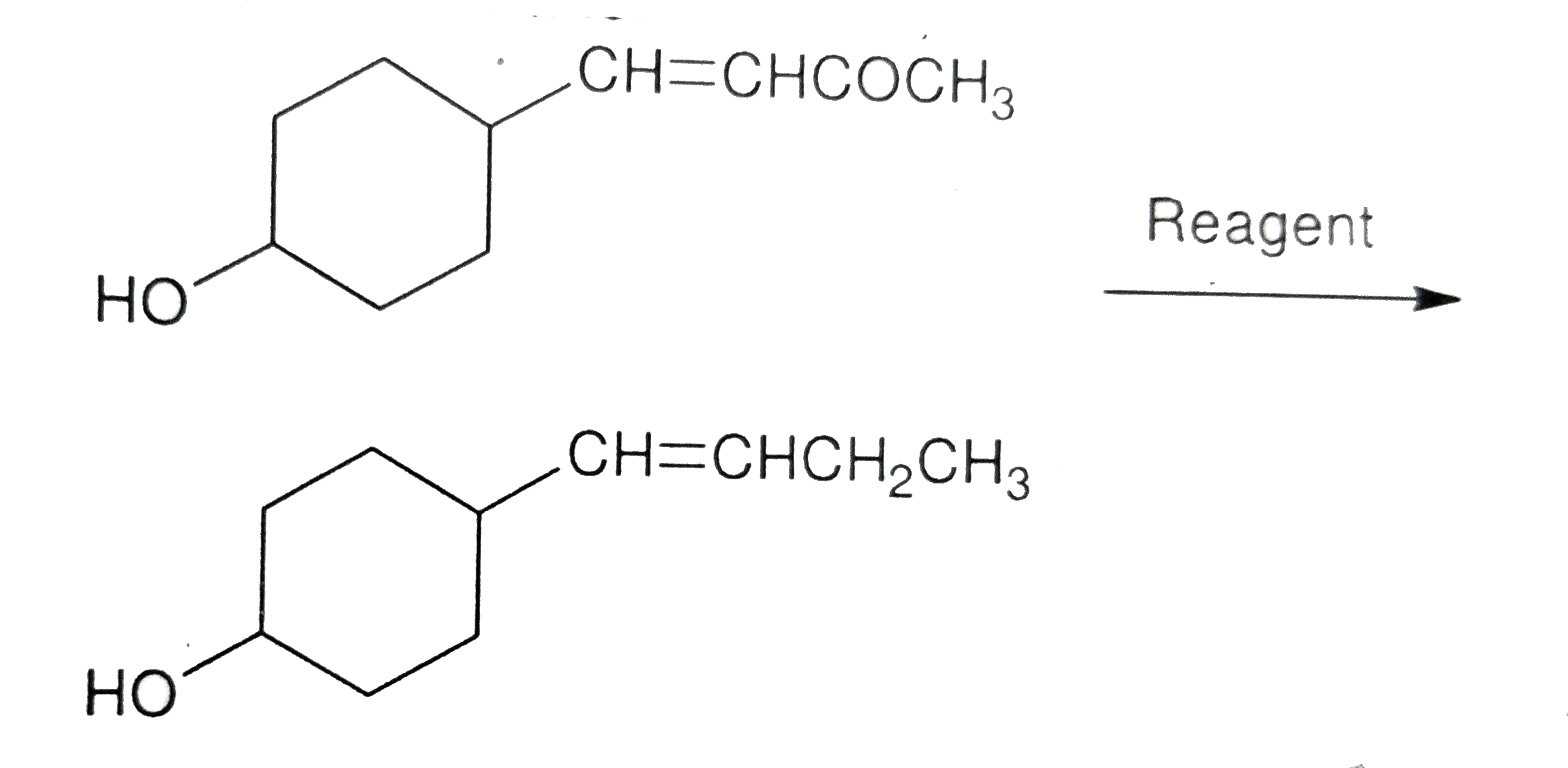Which of the following most appropriately describes haemophilia?
Chrosomal disorder
Dominant gene disorder
Recessive gene disorder
X-linked recessive gene disorder
The correct Answer is:D
Step-by-Step Solution:
1. Understanding Hemophilia:
- Hemophilia is a genetic disorder characterized by excessive bleeding due to the absence of certain clotting factors in the blood.
2. Identifying the Genetic Basis:
- Hemophilia is caused by a defect in a gene located on the X chromosome. This makes it an X-linked disorder.
3. Classification of Hemophilia:
- Hemophilia is classified as a recessive disorder. This means that for a person to exhibit the symptoms of hemophilia, they must inherit the defective gene from both parents (in females) or from one parent (in males).
4. Types of Hemophilia:
- There are two main types of hemophilia:
- Hemophilia A: Caused by a deficiency of clotting factor VIII.
- Hemophilia B: Caused by a deficiency of clotting factor IX.
5. Distinguishing from Other Disorders:
- Hemophilia is not a chromosomal disorder, which involves the gain or loss of entire chromosomes. Instead, it is a Mendelian disorder, meaning it follows the inheritance patterns described by Gregor Mendel.
6. Conclusion:
- The most appropriate description of hemophilia is that it is an X-linked recessive genetic disorder.
Final Answer:
Hemophilia is best described as an X-linked recessive genetic disorder.
---
- Hemophilia is a genetic disorder characterized by excessive bleeding due to the absence of certain clotting factors in the blood.
- Hemophilia is caused by a defect in a gene located on the X chromosome. This makes it an X-linked disorder.
- Hemophilia is classified as a recessive disorder. This means that for a person to exhibit the symptoms of hemophilia, they must inherit the defective gene from both parents (in females) or from one parent (in males).
- There are two main types of hemophilia:
- Hemophilia A: Caused by a deficiency of clotting factor VIII.
- Hemophilia B: Caused by a deficiency of clotting factor IX.
- Hemophilia is not a chromosomal disorder, which involves the gain or loss of entire chromosomes. Instead, it is a Mendelian disorder, meaning it follows the inheritance patterns described by Gregor Mendel.
- The most appropriate description of hemophilia is that it is an X-linked recessive genetic disorder.
Hemophilia is best described as an X-linked recessive genetic disorder.
Topper's Solved these Questions
- BOOK - ICSECHAPTER - HUMAN HEALTH AND DISEASE EXERCISE - COMPETITION CORNER (OBJECTIVE TYPE QUESTIONS) (Assertion and Reason Type Questions (For AIIMS aspirants))28videos
HUMAN HEALTH AND DISEASE
- BOOK - ICSECHAPTER - HUMAN HEALTH AND DISEASE EXERCISE - REVIEW QUESTIONS21videos
HUMAN HEALTH AND DISEASE
- BOOK - ICSECHAPTER - EVOLUTIONEXERCISE - COMPETITION CORNER (Assertion and Reason Type Questions (For AIIMS aspirants))26videos
EVOLUTION
- BOOK - ICSECHAPTER - HUMAN REPRODUCTIONEXERCISE - SOURCE BASED QUESTIONS22videos
HUMAN REPRODUCTION
Similar Questions
Knowledge Check
- Question 1 - Select One
Which of the following most accurately describes the first step in the reaction of hydrogen chloride with 1-butene ?
A B
B C
C D
D
- Question 2 - Select One
The given figure illustrates montly changes in the human ovary during the reproduction cycle.

Which of the following statements most accurately describes each structure?ABefore puberty, the oocyte (A) does not start the process of meiosis.BThe hormone produced by by structure (B) causes thinning of the uterine cervical mucus to allow passage of sperms.CDuring ovulation, structure (C) stays at the interphase between meiosis I and meiosis II.DThe hormone produced by structure (D) stimulates the pituitary gland to secrete luteinising hormone.
Which of the following is most acidic ?
View SolutionWhich of the following is most stable ?
View SolutionWhich of the following is most acidic ?
View SolutionWhich of the following is most soluble?
View SolutionWhich of the following is most appropriate for aerobic respiration ?
View SolutionIn the given transformation, which of the following is the most appropriate reagent ?
 View Solution
View Solution

